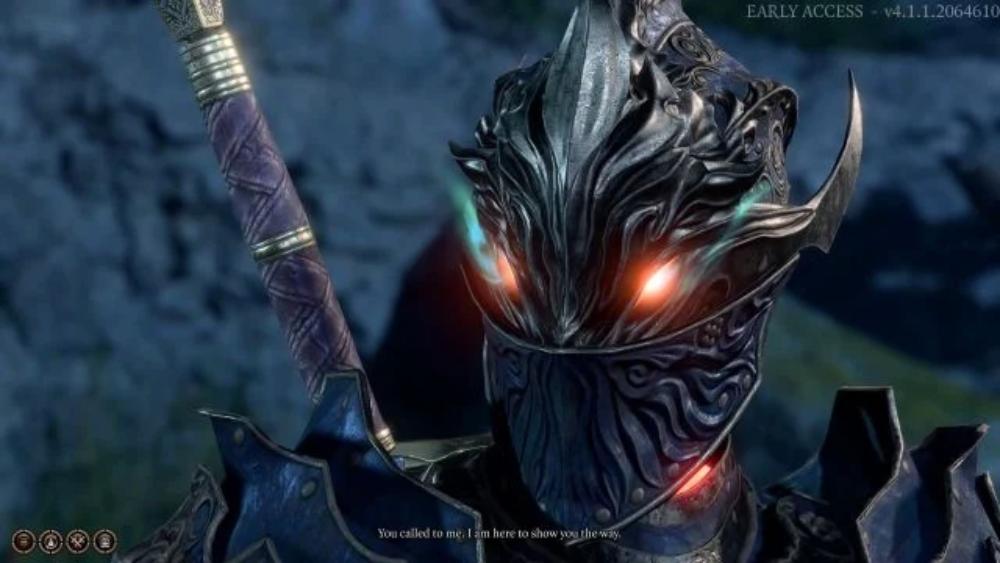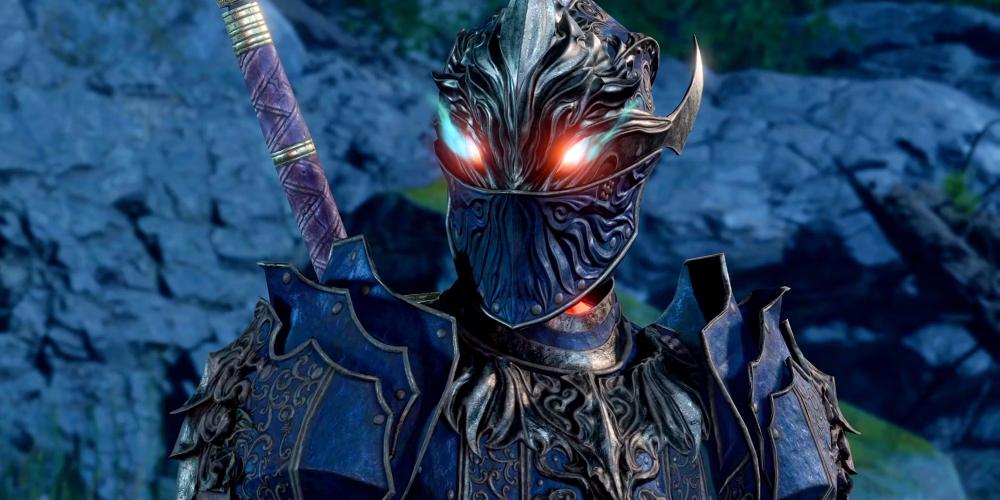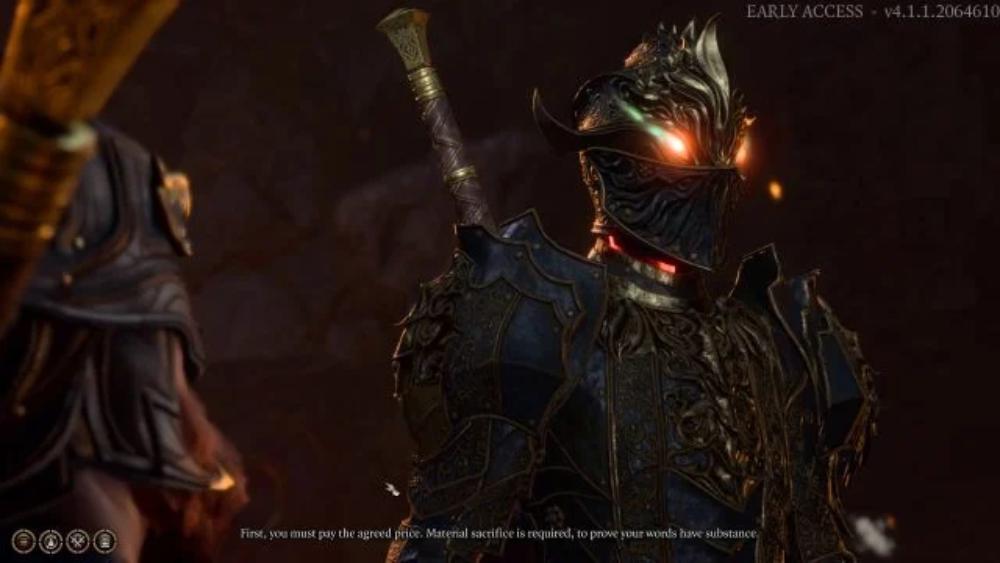Physical Address
304 North Cardinal St.
Dorchester Center, MA 02124
Physical Address
304 North Cardinal St.
Dorchester Center, MA 02124

Hey, gamers! Have you tried out the new Paladin class in Baldur’s Gate 3? With this latest update, players can become a warrior of righteousness, empowered by the sacred oaths they keep and the oaths they break. But what happens when these noble characters come face-to-face with the morally ambiguous NPCs in the game? In this article, we’ll explore how players can become Oathbreakers and delve into the consequences of their actions. Get ready to dive into the world of Baldur’s Gate 3 and discover the power of the Paladin class!

In Baldur’s Gate 3, players can choose from two subclasses of Paladin during character creation. The Oath of Devotion Paladin subclass embodies the classic fantasy archetype of a “knight in shining armor” who is bound by a vow to protect the innocent and stand up against evil wherever it is found. These Paladins have abilities designed to bolster themselves and their allies in combat. The Oath of the Ancients subclass, on the other hand, is a more Neutral Good take on the Paladin archetype. These Paladins vow to protect life, nature, and all the joys of the natural world, and gain access to several Druid spells and abilities, as well as the exclusive Healing Radiance feature that heals all nearby allies.
As an Oathbreaker Paladin in Baldur’s Gate 3, you have access to unique abilities that reflect your dark and twisted nature. Spiteful Suffering allows you to deal extra damage to a creature that has damaged you or your allies. Control Undead lets you use your dark powers to command undead creatures to do your bidding. And Dreadful Aspect surrounds you in a terrifying aura that can cause enemies to flee in fear.
These abilities all reflect the Oathbreaker’s path of breaking their sacred oath and embracing darkness in their pursuit of power and ambition. With primary abilities in Strength and Charisma, as well as proficiency in all armor and shields, the Oathbreaker is a formidable force on the battlefield. However, be warned, choosing to follow this path will have lasting consequences on your character’s story and interactions with other NPCs.

In Baldur’s Gate 3, Paladins who break their oaths can become Oathbreakers, but the way to do so varies depending on their subclass. The Oath of Devotion and the Oath of the Ancients have different criteria for breaking their respective oaths.
For the Oath of Devotion, breaking the oath involves betraying those who the Paladin has convinced not to attack them. This can include betraying Tieflings during the rescue of Lae’zel, betraying goblins in the Blighted Village and the Shattered Sanctum, and allowing Arka to kill the caged goblin Sazza. Torturing Liam at the Shattered Sanctum is also considered a breach of the oath.
In contrast, for the Oath of the Ancients, breaking the oath involves actions that go against the preservation of life and nature. These include killing the mother Owlbear and its cub in the Owlbear’s nest, killing the Tiefling Pandima who is paralyzed at the Druid Grove storage shack, and failing to help Mayrina revive her husband after dealing with the hag. On the other hand, freeing Sazza in Druid Cove is considered a righteous act that aligns with the oath.
| Oath of Devotion | Oath of the Ancients |
|---|---|
| Betraying those convinced not to attack | Actions against the preservation of life and nature |
| Examples: Betraying Tieflings in the Rescue of Lae’zel, Betraying goblins in Blighted Village/Shattered Sanctum, Allowing Arka to kill caged goblin Sazza, Torturing Liam at Shattered Sanctum | Examples: Killing mother Owlbear and cub in Owlbear’s nest, Killing paralyzed Tiefling Pandima at Druid Grove, Failing to help Mayrina revive her husband after dealing with hag, Freeing Sazza in Druid Cove |
It’s worth noting that becoming an Oathbreaker has significant gameplay consequences, including losing access to Paladin spells and abilities, gaining new abilities that reflect the fallen Paladin’s corrupt nature, and even potentially turning on their party members.

To break your Paladin Oath in Baldur’s Gate 3, you’ll have to commit actions that violate your sacred vow. For example, harming an innocent or breaking a promise will almost always damage your connection to your oath-granted powers. Retreating from battle, tolerating undead, or working with a bad guy can be more complex, requiring a nuanced decision. Larian Studios has added hidden points in the game’s quests for “paladin oath-breaking” decisions, and they have created a penalty system where too many oath-breaking actions will cause a paladin to fall. However, the early access version of Baldur’s Gate 3 has some issues with paladin oath-keeping. It is sometimes unclear what actions will break your oath or cause you to fall, leading to confusion among players. Larian Studios is working on refining this aspect of the game for the final release.
In conclusion, Baldur’s Gate 3 players have the opportunity to break their Paladin Oaths and become Oathbreakers in pursuit of power and ambition. This subclass of Paladins possesses unique abilities such as Spiteful Suffering, Control Undead, and Dreadful Aspect. However, players must be mindful of the criteria for breaking their Paladins’ Oaths, as some actions may lead to a fall while others may not. Although the early access version of Baldur’s Gate 3 handles oath-breaking in a somewhat awkward way, Larian Studios is working on refining and balancing this feature for the final release of the game. So, whether players want to remain true to their Paladin Oaths or pursue the path of an Oathbreaker, Baldur’s Gate 3 offers a dynamic and exciting gaming experience.